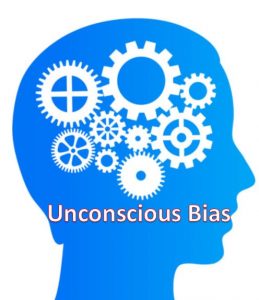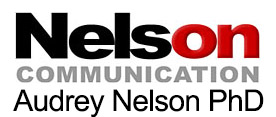
How you were raised, your background, personal experiences, societal expectations and stereotypes and cultural context can influence your decisions and actions without you realizing it. Implicit or
unconscious bias happens when we make decisions in a nano second. Our quick judgments and assessments of people and situations are hard wired in our DNA. They are rooted in our early evolution for survival. It enabled us to decide who was friend or foe. It is our blind spot that we are often not aware of or how this implicit thought pattern governs our behaviors. Unfortunately, unconscious bias can lead to devastating consequences. The good news is there is a lot we can do about it. We no longer need the primitive function it once served. Today we have more control over our awareness levels and behavior. This program presents suggestions for managing unconscious bias through how-to-steps, self-assessments and case studies.
 How you were raised, your background, personal experiences, societal expectations and stereotypes and cultural context can influence your decisions and actions without you realizing it. Implicit or unconscious bias happens when we make decisions in a nano second. Our quick judgments and assessments of people and situations are hard wired in our DNA. They are rooted in our early evolution for survival. It enabled us to decide who was friend or foe. It is our blind spot that we are often not aware of or how this implicit thought pattern governs our behaviors. Unfortunately, unconscious bias can lead to devastating consequences. The good news is there is a lot we can do about it. We no longer need the primitive function it once served. Today we have more control over our awareness levels and behavior. This program presents suggestions for managing unconscious bias through how-to-steps, self-assessments and case studies.
How you were raised, your background, personal experiences, societal expectations and stereotypes and cultural context can influence your decisions and actions without you realizing it. Implicit or unconscious bias happens when we make decisions in a nano second. Our quick judgments and assessments of people and situations are hard wired in our DNA. They are rooted in our early evolution for survival. It enabled us to decide who was friend or foe. It is our blind spot that we are often not aware of or how this implicit thought pattern governs our behaviors. Unfortunately, unconscious bias can lead to devastating consequences. The good news is there is a lot we can do about it. We no longer need the primitive function it once served. Today we have more control over our awareness levels and behavior. This program presents suggestions for managing unconscious bias through how-to-steps, self-assessments and case studies. 